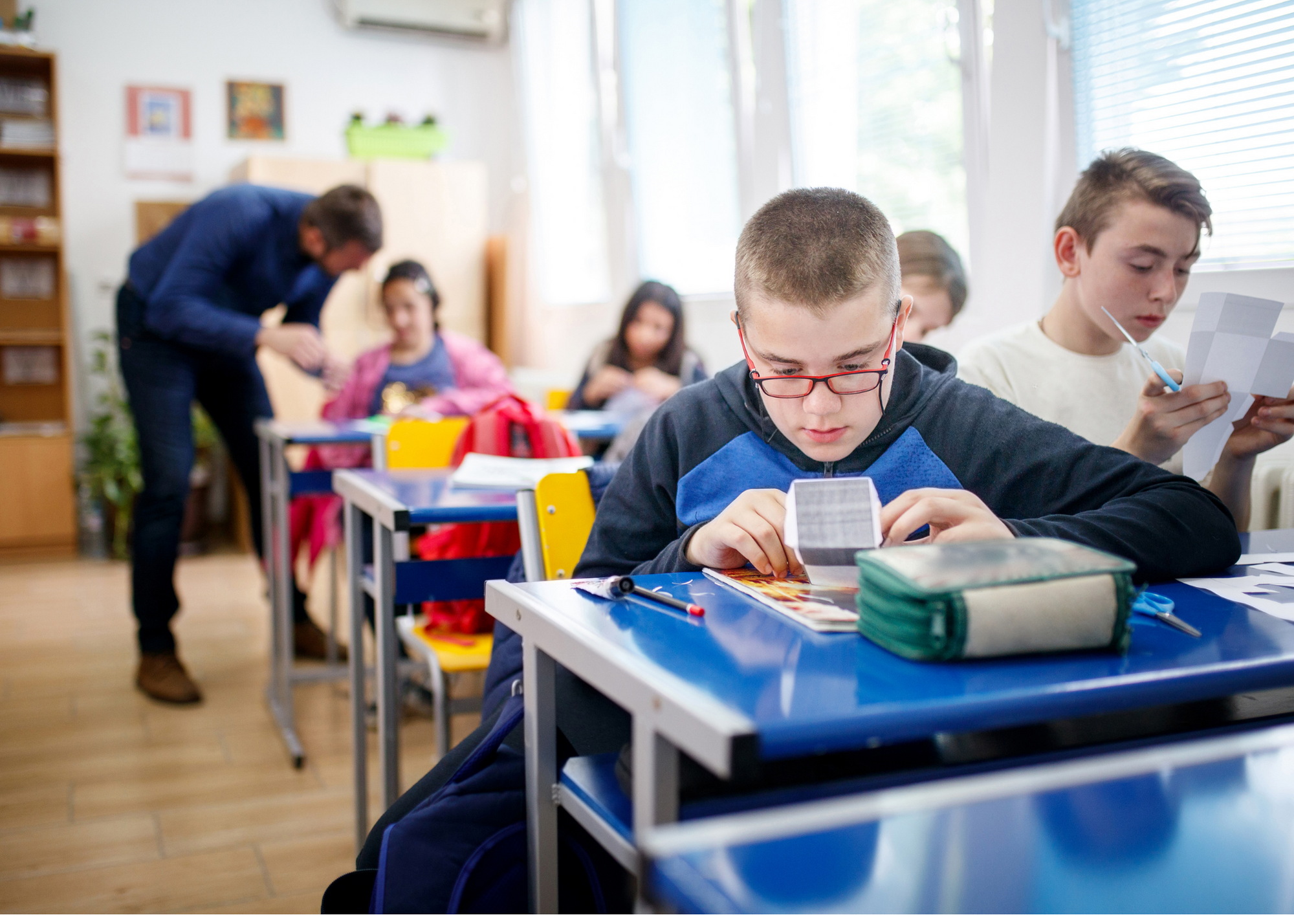Tips on Returning to School After a Break
August 05, 2022

Going back to school after the fun and relaxation of a break can be a struggle for any child, but can pose a particular challenge for children with autism. The transition back to school requires a child to adjust to changes in their daily routine, which can lead to a lot of stress. Here are some tips to help you avoid the stress and meltdowns that might come with transitioning back to school after a break.
1. Maintain a Schedule and Routine
Try maintaining a sleep schedule that is as similar as possible to what your child is accustomed to during school. Even if you plan on being more relaxed over break or have some plans that will interfere with the schedule, consider gradually bringing your child’s sleep schedule back to the usual routine, especially toward the end of the break. For example, start waking them up a half-hour to an hour earlier every day until they are back to their normal wake-up time for school. This will make waking up for school a little easier.
Toward the end of the break, start getting your child back into their morning routines. For example, wake up, eat breakfast and get dressed as you would on a school morning. This will help ensure a smoother morning when it’s time to go back to school. If possible, leave the house for an activity around the same time your child would leave for school. Whether you are out of the house or at home, prepare a lunch and snack that is similar to lunch and snack at school.
2. Provide Consistent Behavioral Support
Be as consistent as possible in the use of behavioral support during the break. Meet as a family to discuss how to support positive behavior so every family member is on the same page. This will ensure structure and continuity throughout the break. If you are working with a behavior analyst, they can assist you with this as well.
Your child may benefit from knowing what to expect during the break. Use visual supports such as a timetable or calendar to help your child prepare for the coming day and the days ahead. Mark on the timetable or calendar what plans you have over the break. Also, use the timetable or calendar to countdown the days until school. This will serve as a reminder that they will be returning to school.
In addition, social stories can help your child prepare for events such as visits with family or a trip to an unfamiliar place. Even trips that were meant to be fun can be stressful if a child isn’t sure what to expect. Social stories can also help your child prepare for going back to school and help them cope with last-minute changes to the schedule or other disruptions.
3. Stay Active and Engaged
For many families, breaks can be stressful because their child with autism has challenging behaviors that make outings and socializing difficult, if not impossible. The break can be an opportunity to practice skills in the community such as going to a mall or store, taking a walk in the park, or visiting a friend or relative’s home, even if it is just for a short period of time.
Some children who want to stay in their room for most of the break watching TV or playing on their iPads or video games may have a harder time adjusting again to a bustling school with crowded hallways or noisy cafeterias. Try to limit time on electronics and encourage participation in a variety of activities.
4. Get Support from School
Communicate any concerns you have with your child’s teacher or child study team. They can suggest positive behavior supports and techniques specifically for your child. The teacher can also help you find something that your child can look forward to and become excited about when they go back to school.
For example, find out if the teacher does an activity or exercise about break like Show and Tell. Have your child pick out a favorite present they got or a favorite experience they had over break to tell the class or the teacher about. This might help associate the transition back to school with something positive.
5. Be Patient
Getting into the groove of a new schedule, especially through the morning routine, can be stressful for everyone. Give your child and yourself compassion and time to ease back into it. If you’d like some ideas on how to develop compassion for yourself and others, check out this article, Moment by Moment: Taking Care of Ourselves.
Originally posted 12/1/2018
Updated 8/5/2022
